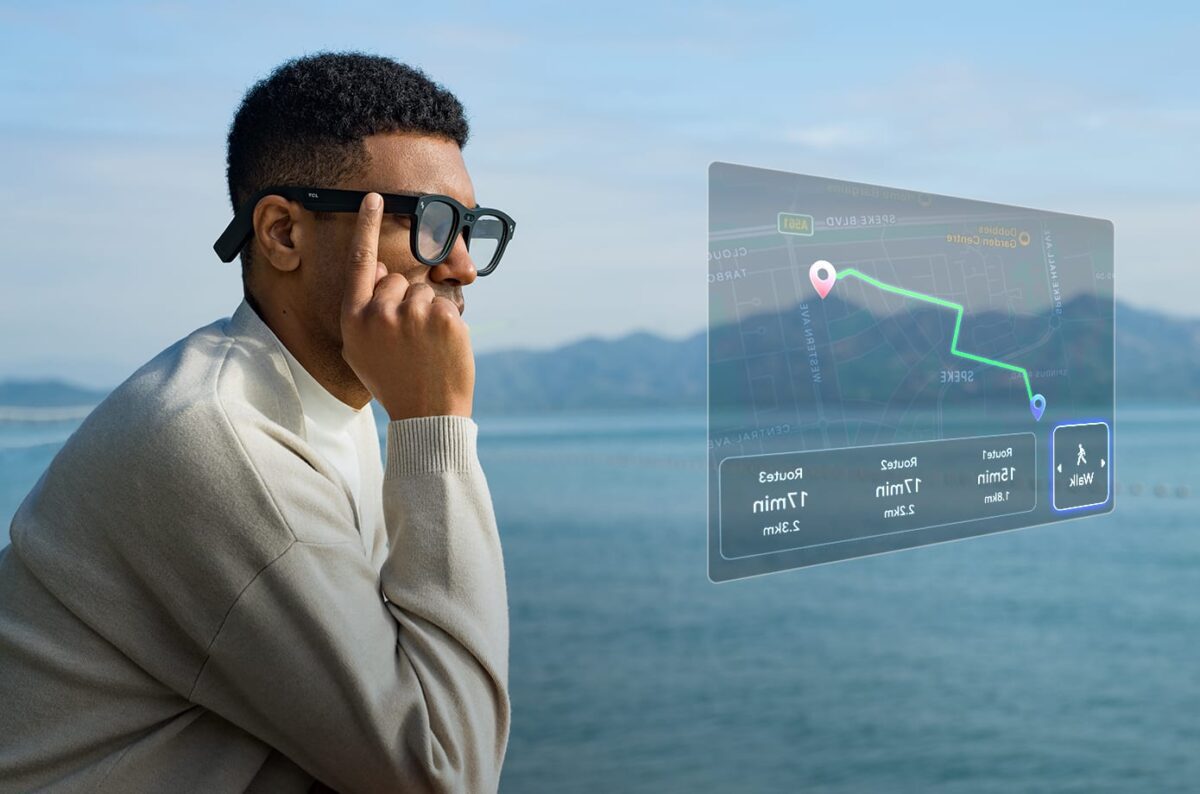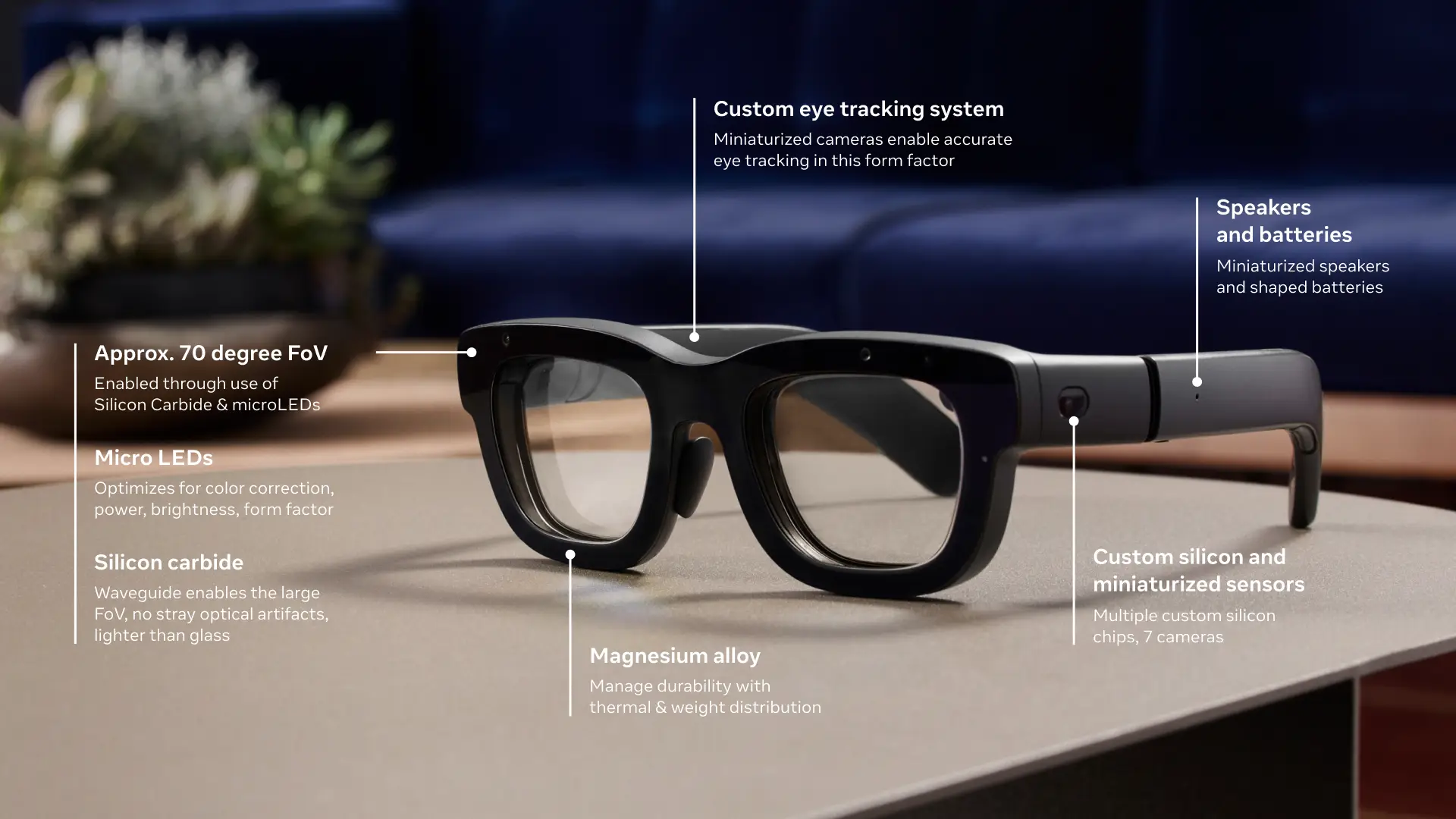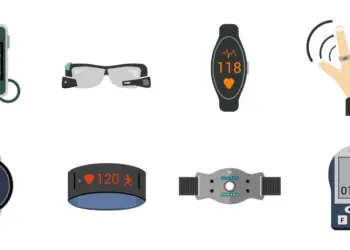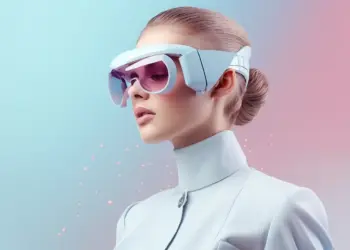In an era where virtual and real worlds are merging at an unprecedented pace, Augmented Reality (AR) glasses hold the key to turning our gaze on the world around us, the way we engage with it, and the way we live it. No longer science fiction concepts, these elegantly designed wearables are already changing daily life, from the ways we work and learn to the way we experience and share.
What are AR Glasses?
Above all, AR glasses are wearable technology that casts digital information—like images, text, or 3D graphics—onto the real world. Unlike virtual reality headsets, which transport users into a fully digital world, AR glasses enhance the real world without putting users out of context.
In addition, advances in miniaturization, display technology, and AI integration have enabled AR glasses to be lighter, smarter, and more diverse than ever.
Key Features That Define AR Glasses in 2025
✅ Real-Time Overlay of Data
From translation to GPS navigation, AR glasses allow users to superimpose real-time data in their field of vision—hands-free and distraction-free.
✅ Control through Voice and Gesture
With machine learning and AI, users can interact with basic hand gestures or voice commands, making it a natural and intuitive experience.
✅ Seamless Connectivity
Modern-day AR glasses are all integrated with smartphones, cloud platforms, and smart home appliances, delivering a complete virtual world on the go.
✅ More Immersive Visual Display
With ultra-sharp lenses and high-res micro-displays, AR glasses are today delivering rich overlays that adapt to lighting automatically, visible indoors and outdoors.

Where AR Glasses Are Making the Biggest Impact
-
Workplace and Productivity
Companies now use AR glasses in remote teamwork, hands-free technical support, and interactive training. Technicians are led step by step without stopping their work, and professionals can join virtual meetings with a click.
-
Learning and Education
At schools, AR glasses open new dimensions of immersive learning. Students are able to learn 3D models, historical reconstructions, or scientific simulations projected on top of their real environments—making learning more engaging and memorable.
-
Field Services and Manufacturing
AR glasses have become the essential tool in industries like automotive, aerospace, and energy. Workers can view blueprints, receive instant feedback, or find parts via object recognition—all without lifting a finger.
-
Shopping and Retail
The retail industry is also turning to AR to reinvent the customer experience. Shoppers can try on products virtually, receive personal suggestions, or guide through stores—all via their glasses.

Top Players Dominating the AR Glasses Market
Several major companies are leading the way with the AR revolution:
Apple Vision – Blending AR with powerful spatial computing for the next-gen experience.
Meta (Ray-Ban Meta Smart Glasses) – Bringing social and utility AR to stylish everyday glasses.
Google – Building with business-focused AR software and glasses.
Magic Leap – Pioneering AR in the medical and industrial worlds.
Xreal (ex-Nreal) – Offering cheap and light AR solutions for the masses.
Final Thoughts: A New Way to See the World
In short, Augmented Reality glasses are more than a tech trend—They’re the gateway to a brighter, more interactive future. As form only improves and functionality expands, these glasses will be as common as smartphones—reshaping not only how we see the world, but how we live in it.
The only question now is not if AR glasses will shape our fate—but how quickly we’ll all be wearing them.







